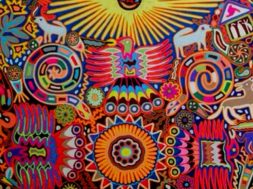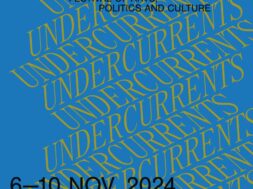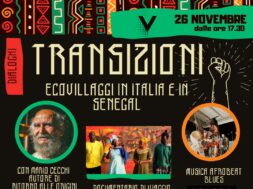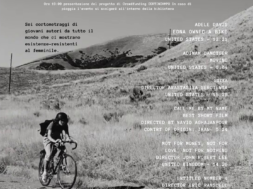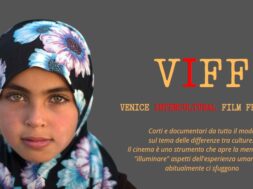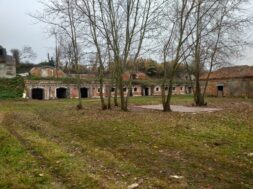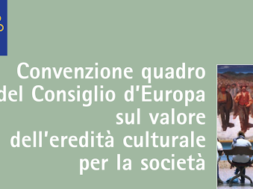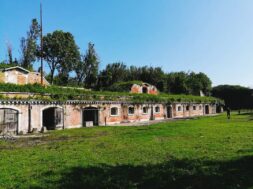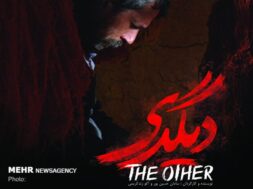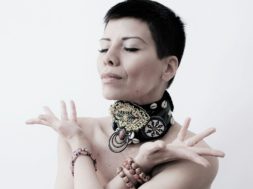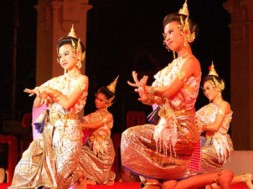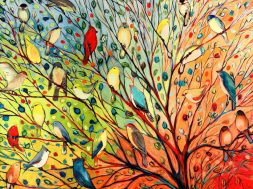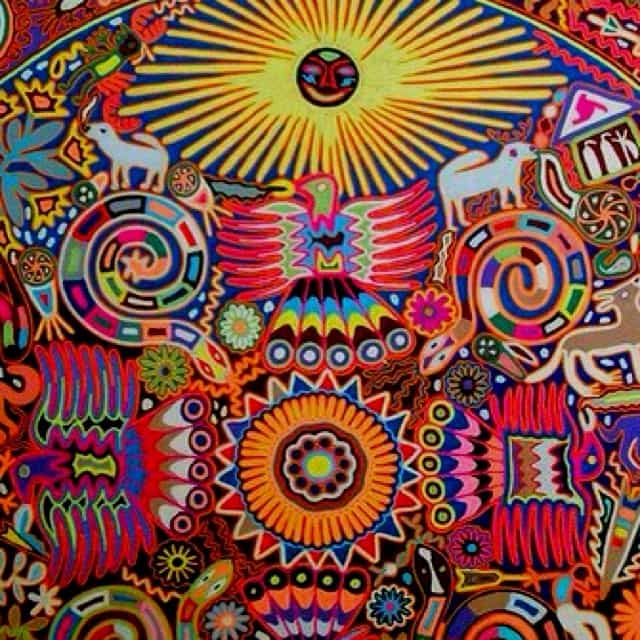
Saturday 23 September 2017, 3 PM Giardino della Polveriera Francese, Forte Marghera
The project behind the workshop is to introduce Mexican folk art through the exhibition of objects made with different raw
materials ranging from wood to textiles and corn skins, used to create unique pieces that resemble tradition and
culture of the Mexican people.
The Laboratory is led by Rocío Cid Ochoa, Anthropologist, Ethnographer, who through the creation of Mexican Popular Art,
completes an anthropological research project on the usage and customs of the various ethnic groups living in Mexico.
Through a visual narrative we try to disseminate knowledge to the international public of cetain rituals of passages, celebrations
and anniversaries of religious character, and everyday life, as well as some symbols of the cosmogony of the native peoples of
Mexico, this collection of images and objects is the result of a learning path of the various materials processing techniques
such as maize skins, cooked land and woolen yarn, as well as the “Mexican cartoneria” . The last technique represents
an important cultural manifestation of ancestral heritage of Mexican territory.
The activity aim to disseminate and preserve historical and non-profit heritage.
Program:
– Exhibition of unique pieces elaborated with different materials. Realization instead of an “eye of God” symbol of the Ethnic
– Wixarika of the North West of Mexico.
– Exhibition of unique pieces elaborated with different materials.
– Realization in place of a doll of corn skins
contact:
cidochoarocio@hotmail.it
- MEXICAN POPULAR ART LABORATORY.
THEME: “God’s Eye Wixarika”
The main purpose of the workshop is to introduce a symbol of the Wixarika Culture (Huichol) known as “ojo de Dios”, which represents a small part of the religious and ritual concept of this ethnic group present in the states of Nayarit, Durango, Jalisco, north of Mexico. This group has an ancestral heritage that still maintains its roots.
This symbol also represents the four cardinal points and the center of the universe, and above all, the east where the sun is born, “the Fire Grandfather”.
With the arrival of a newborn, parents begin to weave an “eye of God” that will accompany the spiritual journey of the child, enclosing in it the prayer, the meditation and the desire for health for the little one. Every year a new rhombus is added that represents a goal achieved in health, with the arrival of the fifth year, this symbol will be offered at Sacred Place of San Blas, Nayarit as a thank you for the first five years of life.
MATERIALS:
Primarily, nature-conserving materials are used, and few elements within reach.
Wool of various colors
Wooden sticks, small seeds and shells.
Cost per child or adult Euro 5,00 (included)
Duration of 30 minutes.
“AHUECHTZIN” Mexican folk art laboratories. It is an initiative that is born with the goal of spreading the Mexican Culture through manual work, in such events as Popes’ Festivals and cultural initiatives. Conducted by Rocio Cid Ochoa. Anthropologist Etnohistoradora ENAH (Escuela Nacional de Antropología e Historia) Popular artist mexicana INBA (Escuela nacional de Artesanías).
Contact: cidochoarocio@hotmail.it
Facebook Ahechtzin Mexican handcfraft workshops.
